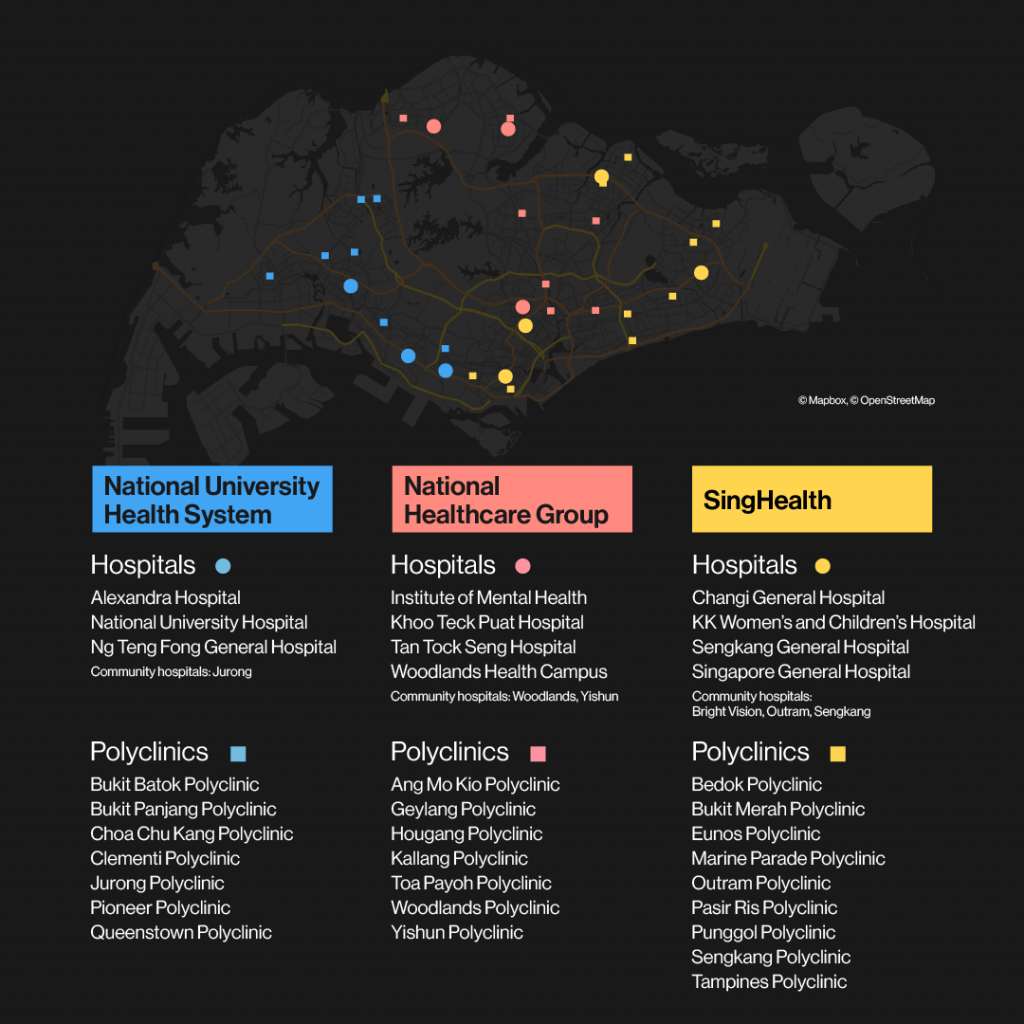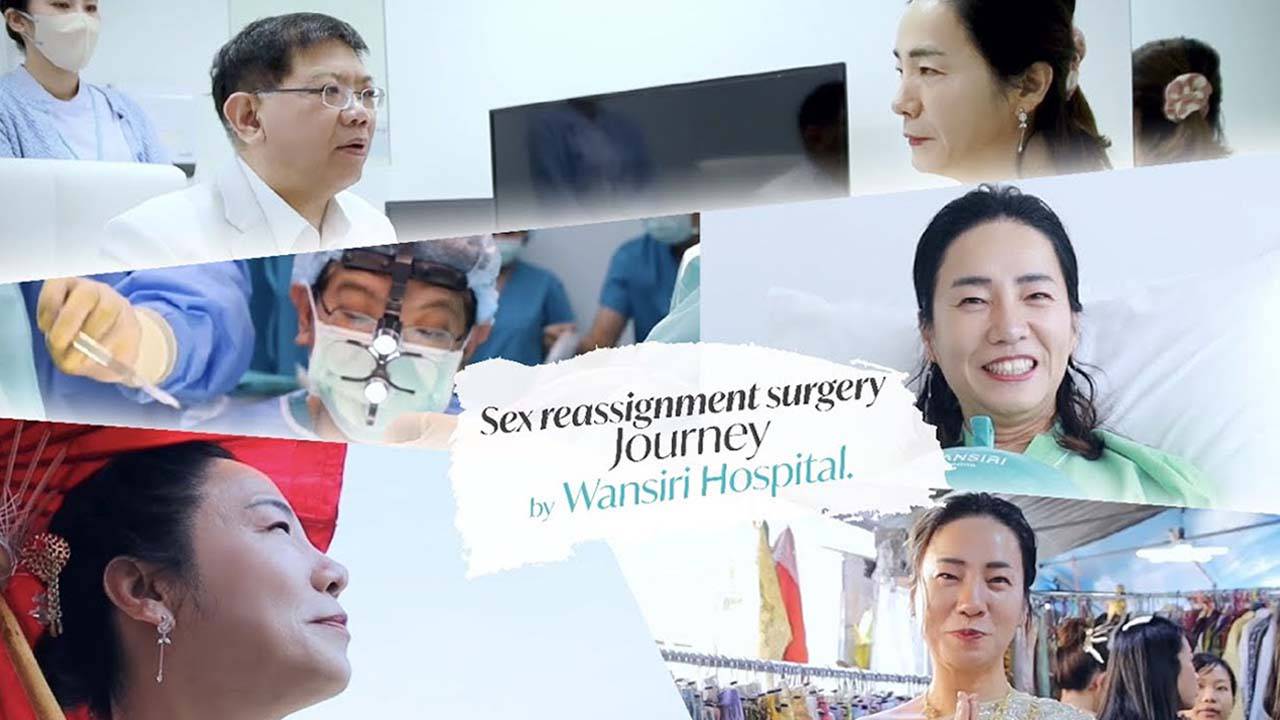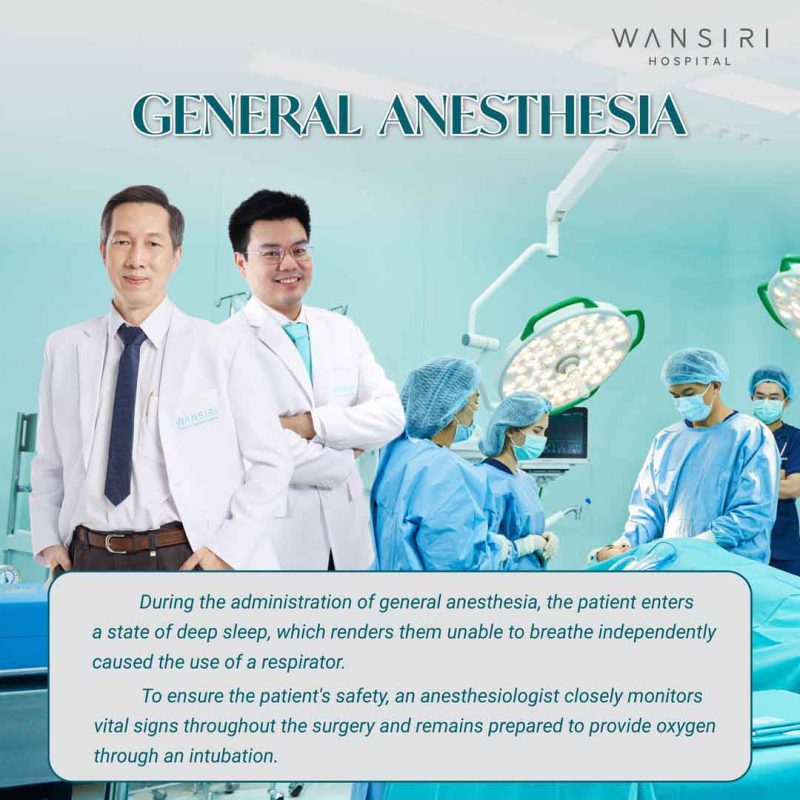

Trans Healthcare in Singapore
Singapore has two options for medical transition: public and private.
Public hospitals require a longer process that may take weeks to months. However, it is significantly more affordable for consultation and medication. Public hospitals also provide a consistent level of care, including regular checkups and blood tests to ensure you are receiving your hormone replacement therapy (HRT) in a safe and optimised manner.
Private doctors are much more expensive, but may allow you to start HRT with informed consent on the very first visit. Some private doctors only provide blood tests upon request and tend to charge a lot more. Consultations can cost upwards of $200-300 for a private doctor and $40-50 at a public hospital.
For both the public and private routes, you will typically have to see two specialists – a psychiatrist and an endocrinologist – in order to access HRT.
//collate SVG path from fontawesome or another open-source resource As medical transition is a big step and can be very stressful, you may wish to consider seeing a trans-friendly counsellor to talk through this decision. This can help you get a better understanding of your identity, your reasons for wanting to go on HRT or for surgeries, the different options available to you, and the steps you plan to take. This helps you be clearer about what you are doing and why, be sure of your decision, and prepare yourself for the challenges you may face. Ideally, you should also try and find a support network so that you have friends to lean on when times get tough, especially if your family is not supportive.
What each specialist will do
The public healthcare route.
Singapore Citizens and PRs receive subsidised public healthcare when referred through a polyclinic.
If you are above 18 and wish to transition under the public healthcare system, or want a formal evaluation and diagnosis for gender dysphoria through the public healthcare system, your first step will be to make an appointment with a polyclinic.
If you are not a Singapore Citizen or PR, you should instead make an appointment directly with a psychiatrist, where you would be considered a private patient. (This is more costly, but typically still cheaper than seeing a private psychiatrist.)
Find out more about transfeminine HRT and transmasculine HRT .
If you are below 18, your options are drastically more limited as HRT is generally not prescribed to those under 18 through the Singapore public healthcare system. Click here for more information.
(Expand to see more)
What to expect at the polyclinic

- When you arrive, the receptionist may ask what you are seeing the GP for. If you are unwilling to out yourself to the receptionist, you can say that you’re there for depression or anxiety. Their main concern here is that you are not undergoing a medical emergency or are contagious (e.g. with COVID-19).
- If you already have a diagnosis from a private psychiatrist OR have been on HRT for a considerable amount of time (e.g. more than 1-2 years), you can ask for a referral to an endocrinologist instead.
- Indicate whether you have been on HRT, and for how long. This will help in determining how urgent an endocrinologist appointment will be.
- Khoo Teck Puat Hospital (KTPH) if you live in the Central region, close to a National Healthcare Group polyclinic.
- National University Hospital (NUH) or Ng Teng Fong General Hospital (NTFGH) if you live in the West, close to a National University Health System polyclinic.
- Changi General Hospital (CGH) or Sengkang General Hospital (SKH) if you live in the East, close to a SingHealth polyclinic. (CGH requires you to see a psychiatrist before HRT can be prescribed.)
- You can check which cluster each polyclinic belongs to on the polyclinic appointment website or on the list above.
- If you are not comfortable outing yourself to the polyclinic GP, you can ask for a general referral to a psychological medicine department citing depression or anxiety. However, do note that this may require more appointments and prolong the time before you can access HRT. Many trans people have gone through the polyclinic system, so most GPs are familiar with the process.
What to expect when seeing the psychiatrist
- This may include questions about your life, when you realised you were transgender, and perhaps more stereotypical questions like what sort of toys you played with as a child. Depending on the psych, be prepared that some questions may be sexual in nature, though this is rarer these days.
- It is possible to be approved for HRT after just one appointment, but it is common to have two or more sessions if you are young or the psychiatrist deems you unsure about the transition steps you wish to take. Additional appointments may also be needed if you have additional mental health or personal considerations that could impact your transition, e.g. severe depression or lack of support system.
- When the evaluation is complete, the psychiatrist will give you a memo with a formal diagnosis of gender dysphoria based on their assessment, and refer you to an endocrinologist if you wish to pursue HRT.
What to expect when seeing the endocrinologist
- Bring along your transition-related documentation such as psychiatrist memos, any overseas psychiatrist evaluations, private HRT prescriptions or any logs may have kept for self-managed HRT.
- The endocrinologist will do a preliminary evaluation for related health risks from HRT, based on your personal and family medical histories.
- The endocrinologist will also ask you some questions relating to your gender dysphoria, and may refer you to their psychiatrist for a fuller evaluation.
- The endocrinologist will send you for baseline blood tests to check your sex hormone levels and liver and kidney function. This is important, as it will help determine if any future medical abnormalities are due to HRT or pre-existing medical conditions. Some hospitals additionally require bone density scans.
- Any additional referrals should be registered for you 2-3 working days from the end of your first visit.
The private healthcare route
Singapore has several private clinics that provide transgender healthcare services, including HRT. These cost significantly more than public hospitals, but have a shorter waiting time and provide a more discreet experience.
General practitioners
There are a small number of private GPs that prescribe HRT under informed consent.
However, they are not psychiatrists and thus will not be able to diagnose you with gender dysphoria, which you will need if you plan to transfer to the public healthcare system or if you require accommodations with regards to schooling or National Service (NS).
Private psychiatrists
Private psychiatrists can evaluate you for gender dysphoria and write a memo with their diagnosis. You can use that diagnosis to see a private or public endocrinologist for HRT. Do note that private psychiatrists differ widely in their experience with trans issues, which can be a concern if you are unsure about transition being right for you.
Private endocrinologists
Private endocrinologists require a psychiatrist’s memo in order to prescribe HRT. They can also administer blood tests.
You can email us at [email protected] for recommendations and more information.
Mixing public and private routes
Some people may choose to begin HRT through the private route while waiting for their appointment at a public hospital. This can be a good option if you can afford it and would prefer not to wait, or want a more discreet experience.
We do recommend shifting to a public route eventually as the difference in cost will be immense over the long run. The public route also ensures that you will have continuous care for the rest of your life, rather than risk an interruption if the private doctor suddenly quits or retires.
With most hospitals, an assessment from a private psychiatrist can be used to obtain approval for HRT at a public hospital endocrinologist. (Changi General Hospital is the only exception as they do their own internal assessments.)
Due to the sensitivity of the information involved, feel free to contact us if you wish to find out more about pursuing transition via the public healthcare system. You can reach us by email at [email protected].
Disclaimer: Information on this site is for general information only. It does not constitute legal or medical advice and is not a substitute for obtaining advice from a qualified professional. We do not represent or warrant that this information is suitable, reliable, complete, accurate or up-to-date.

FACIAL CONTOURING
Sex reassignment surgery.
Anti - Aging
Aesthetic Medicine
Medical spa.
- General Articles
- Review Articles

Dr. Saran Wannachamras
Rhinoplasty, Breast Surgery, Sex Reassignment

Dr. Kamol Srijuntuek

Dr. Narongdej Jiarapeepan
Eyes Surgery

Dr. Kasemsak Pyungtanasup
Breast Surgery, Rhinoplasty

Dr. Srisuda Sirichareonsang
- Fat Grafting

Dr. Pornthep Sirimahachaiyakul

Dr. Weerayut Weerapakorn

Dr. Sarut Chaisrisawadisuk
Facial Bone Reconstruction

Dr. Witoon Wisuthseriwong
Endoscopic Face Lift, Browlift

Dr. Weerachai Weerapakorn

Chatpong Sastarasadhit
Face Lifting, Eyes Surgery

Dr. Krairerk Sintavanuruk
Anesthesiologist

Dr. Gun Taksavanitcha

Dr. Apiradee Poungtubtim
Dermatologist

Dr. Wanna Supasirilak


Dr. Thanyathorn Nuchanatanon

Dr. Kittipong Wantavornprasert

Dr. Nitchapon Paiboon

Dr. Pimpa Tantanasrigul

Dr. Natthaphon Chittasirinuvat

Dr. Chanikarn Patcharapojanart

Dr. Voragarn Annoptham

Dr. Rosalyn Kupwiwat

Dr. Poonnapa Deewongkij

Dr. Jantanut Witthawaschaikul

Dr. Nadda Samakayanusorn

Dr. Chantawat Kasemnet
- Why Wansiri?
- Friends of Wansiri
- News and Activities

Be your REAL self.
- Male-to-Female

“I feel like a real woman. And it’s a dream come true.”
Trans Women are individuals who were assigned male at birth but have a gender identity, including a mental state that does not correspond with their assigned sex. Therefore, they may have a desire to transition to female, including changing their appearance to align with their gender identity.
OUR REAL CUSTOMERS

Gender Affirmation Surgery – Male to Female (Vaginoplasty)
To satisfy the desired result, the patient has to undergo a penile inversion, which involves genital reconstruction by constructing vaginal skin and clitoris from the highly sensitive tissues of the penis. Utilizing various surgical approaches, genital reconstruction is achieved, and the result is aesthetically pleasing and identical both externally and internally, allowing patients to enjoy their new lives to the fullest.

Transgender hormone therapy program
Blood tests, hormone level checks, and provision of hormone replacement therapy for transgender women, along with psychiatric services to assess mental health and issue certificates if gender confirmation surgery is desired. Additionally, we offer sexual health checkups and counseling on post-gender confirmation surgery practices.
Facial cosmetic surgery from male to female
It is a facial contouring and reshaping surgery to achieve a softer, more delicate feminine appearance, according to each individual’s desires and ideal standards. It may involve surgery at one or multiple points to create a harmonious and beautiful balance in all facial features. At Wansiri Hospital, we have specialized plastic surgeons who will provide guidance for the best possible results for you.
Breast augmentation surgery from male to female.
Breast augmentation from male to female is more challenging than general breast augmentation because individuals assigned male at birth typically have a flat, muscular, and clearly defined chest structure. Additionally, the size and position of the nipples and areolas are different from those of individuals assigned female at birth. Therefore, specialized knowledge and expertise of plastic surgeons are required, along with the use of female hormones.
Sex reassignment surgery from male to female.
It is a surgery to align the physical characteristics of your genitals with your gender identity, using your own skin, tissues, and nerves to recreate sensations. Cosmetic surgery techniques are employed to achieve the most realistic resemblance, both externally and internally, allowing you to live a fulfilling life in your true identity.
Operation Duration
Overnight stay, recovery period, post-surgical maintenance:, bangkok destination.
View this post on Instagram A post shared by ICONSIAM (@iconsiam)
View this post on Instagram A post shared by Asiatique The Riverfront Destination (@asiatique.thailand)
View this post on Instagram A post shared by Siam Discovery (@siamdiscovery)
View this post on Instagram A post shared by Emporium_Emquartier (@emporium_emquartier)
View this post on Instagram A post shared by Terminal21 Rama3 shopping mall (@terminal21rama3)
View this post on Instagram A post shared by Wai Wat Thai ※ ไหว้วัดไทย (@waiwatthai)
WHY WANSIRI ?

Pre-Surgery Preparation
Postoperative care, male-to-female (mtf) sex reassignment surgery (srs) team.

- Endotine Brow Lift
- Forehead Lift
- Temporal Lift
- Platysmaplasty
- Submentoplasty
- Endoscopic Face Lift
- Forehead Implant
- Cheekbone Reduction
- Jaw Reduction
- Chin Reduction
- Chin Implant
- Buccal Fat Removal
- Dimpleplasty
- Lip Surgery
- Upper Eyelid Surgery
- Lower Eyelid Surgery
- Epicanthoplasty
- Lateral Canthoplasty
- Big-eye Surgery
- Ptosis Correction
- Closed Rhinoplasty
- Open Rhinoplasty
- Revision Rhinoplasty
- Breast Surgery
- Breast Reduction
- Breast Lift
- Breast Lipofilling
- Breast Revision
- Liposuction
- Six-pack/Sexy-line
- Abdominoplasty
- Buttock Implant
- Buttock Lipofilling
- Female-to-Male
- Laser Cesarean Section Scar Removal
- Vagina Rejuvenation
- Labiaplasty
- Wellness Check-up
- Micronutrient Management
- Hormone Replacement Therapy
- Sex Health Program
- Transgender Hormone Management
- Food Intolerance
- Genetics Analysis
- IV Nutrition
- Customized Supplement
- Filling Substance
- Mesotherapy
- Face Lifting
- Body Massage
- Foot Massage
- Organic Aromatherapy
- Detoxification

IMAGES
VIDEO